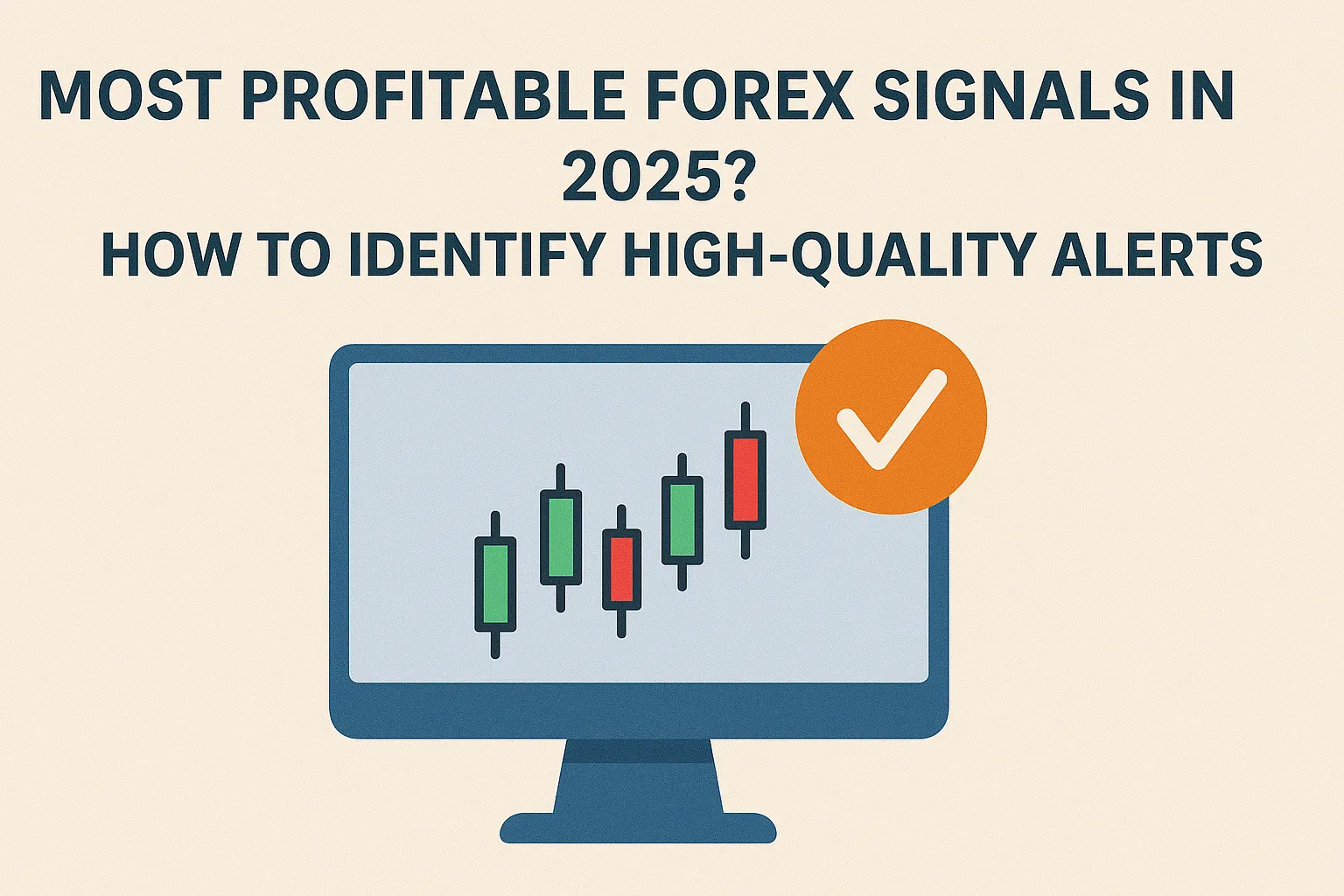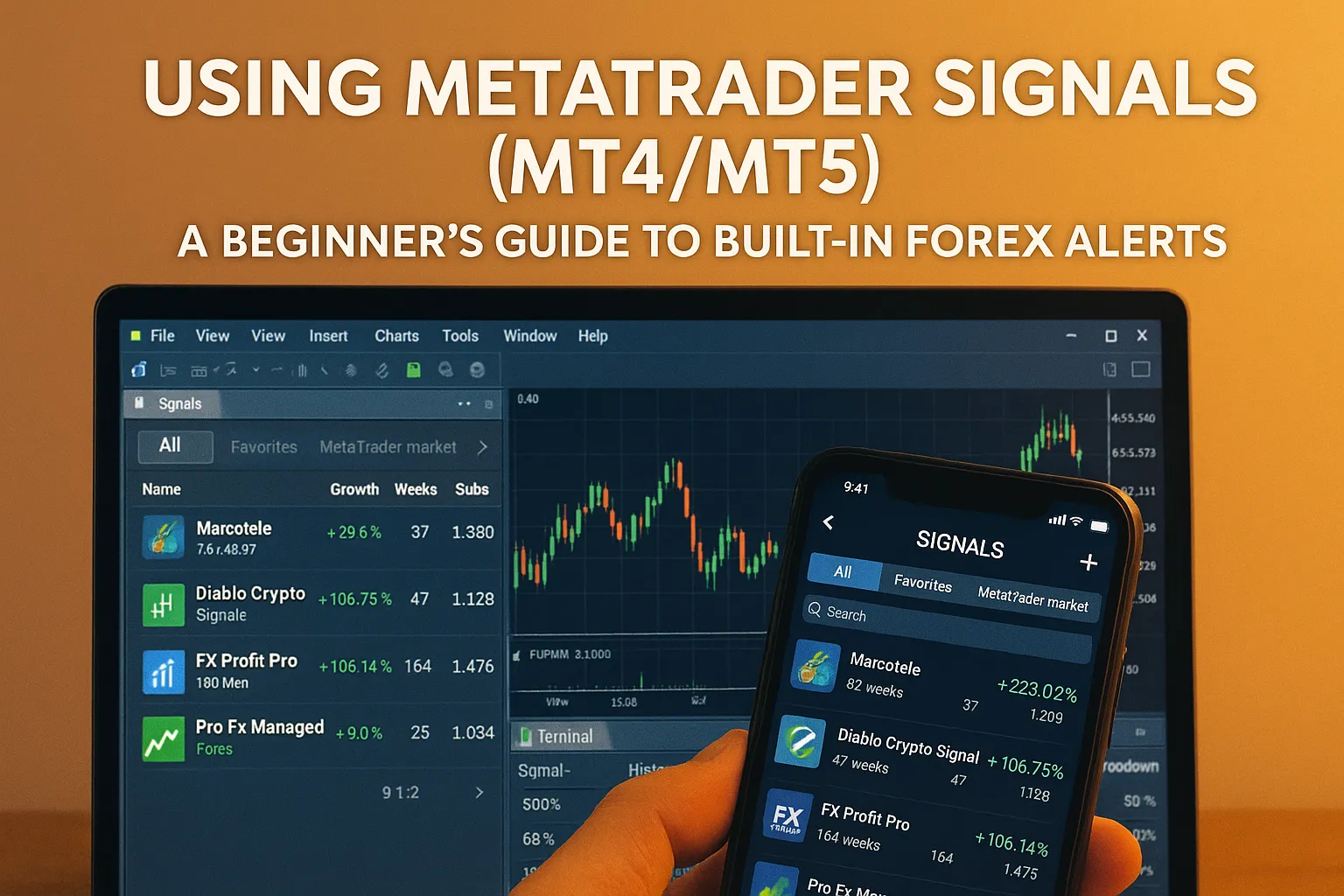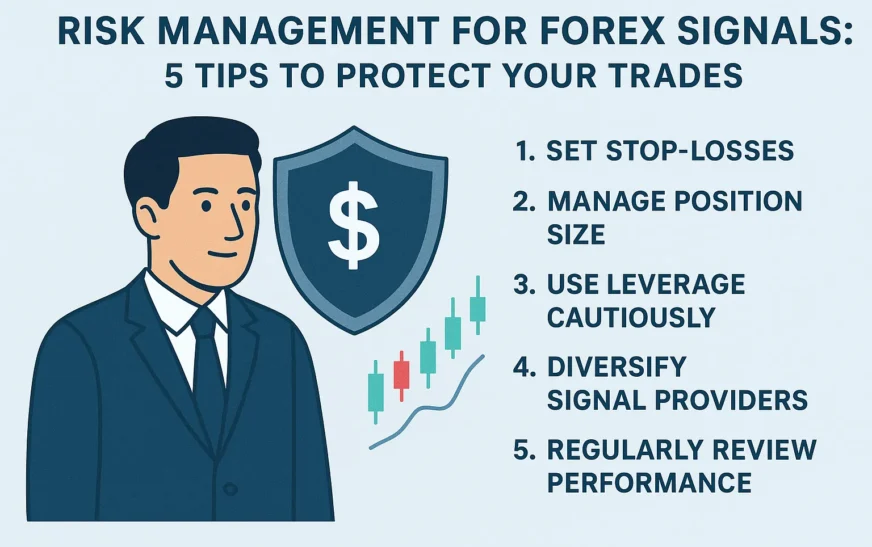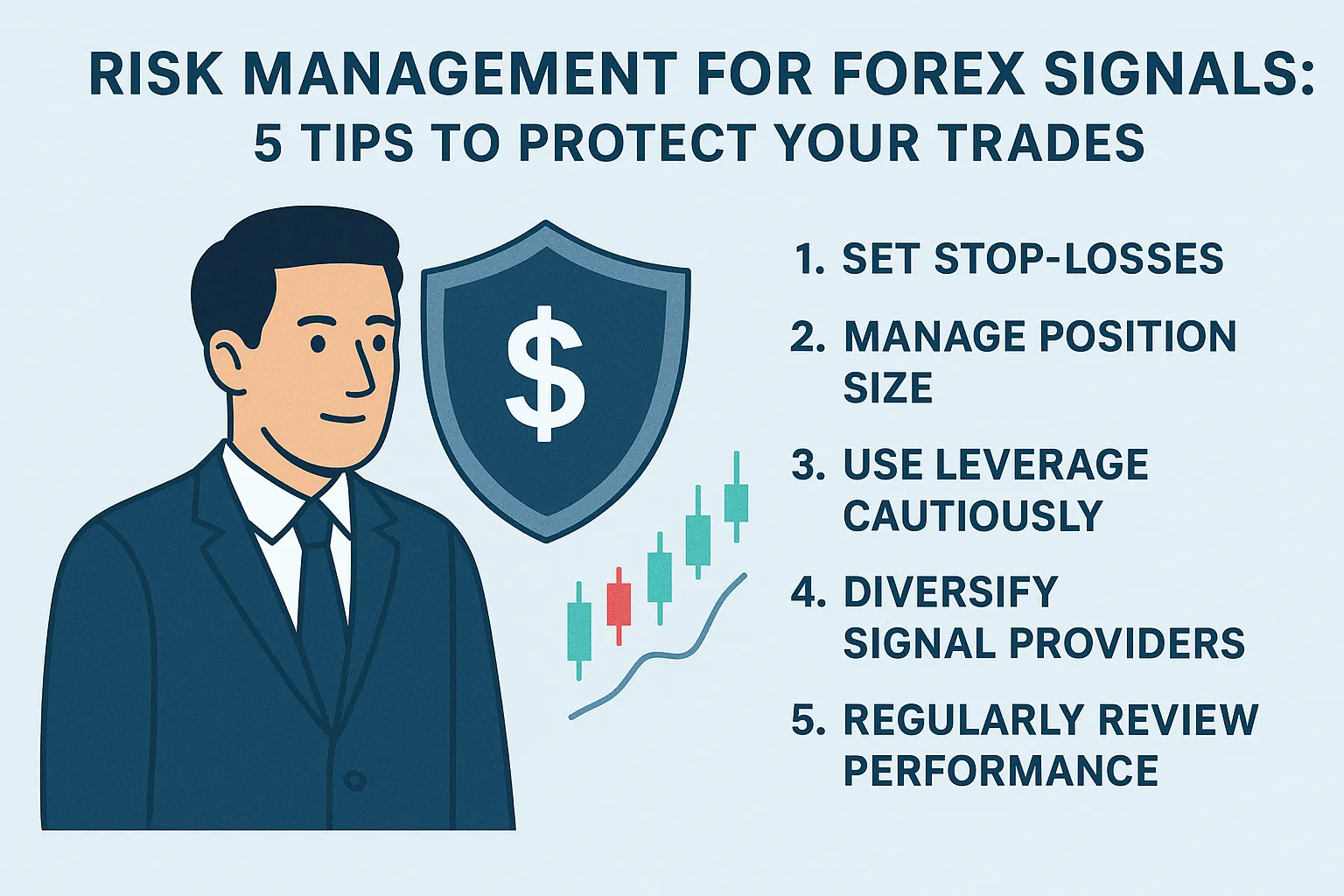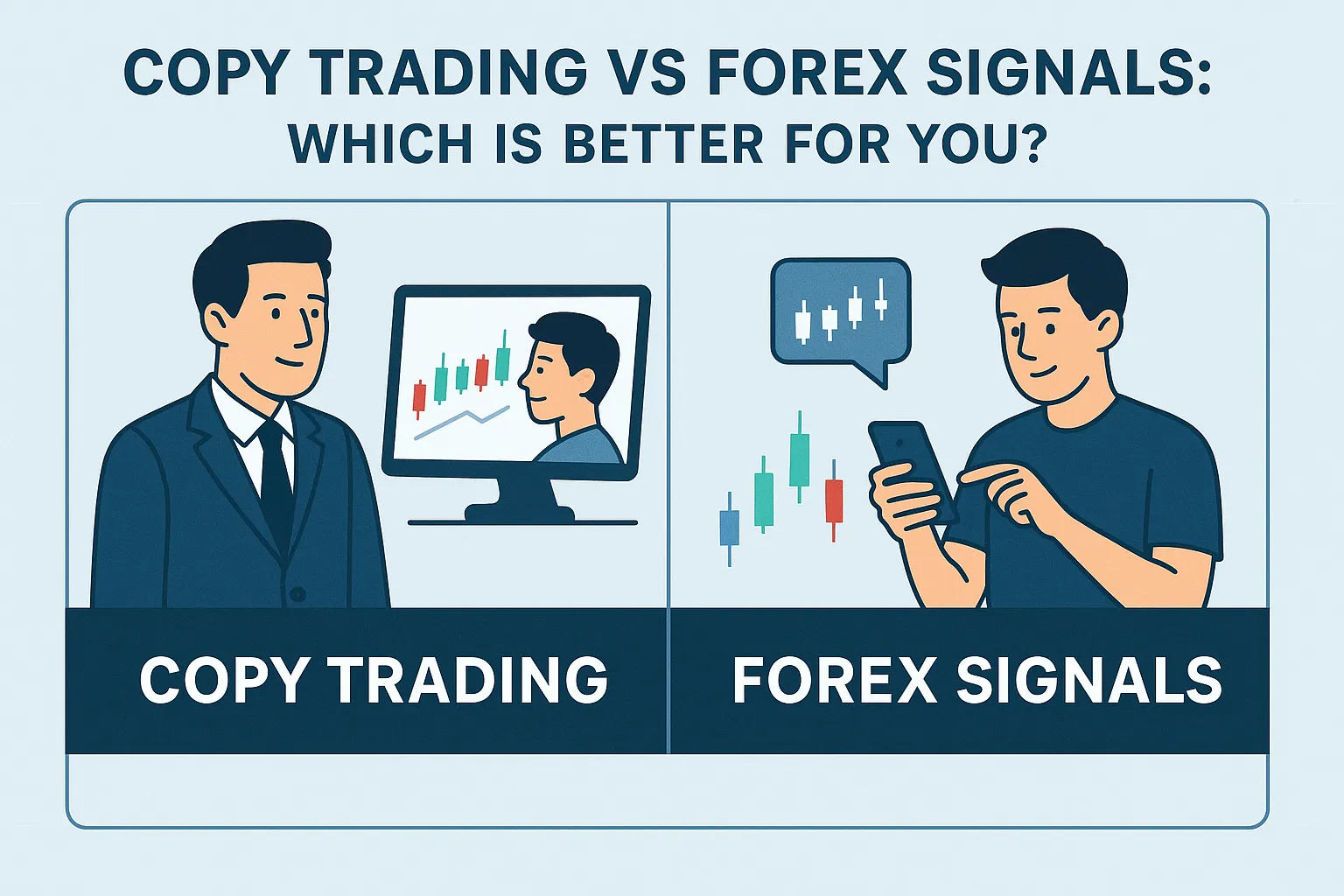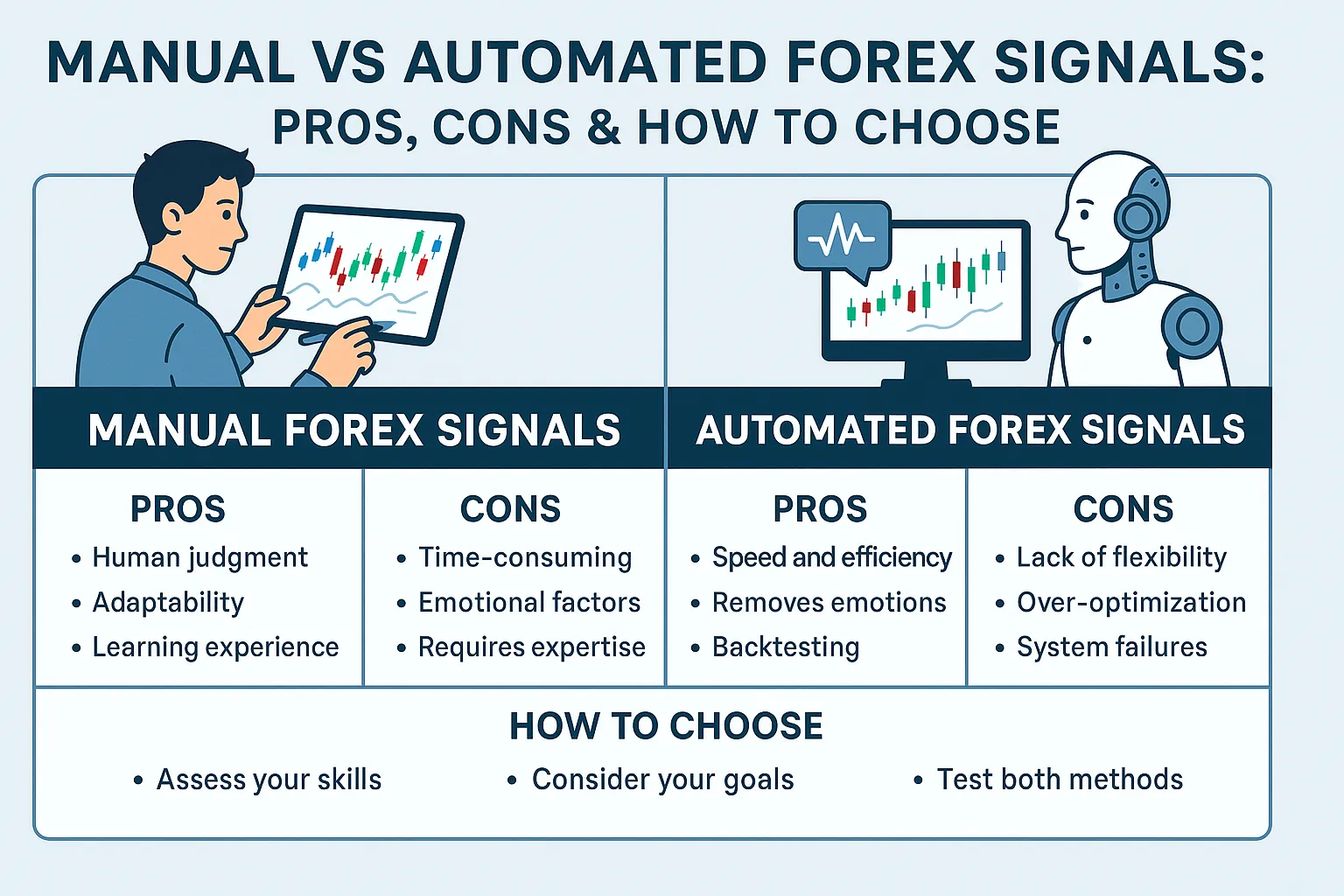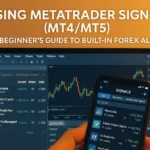Introduction
Forex signals give you trade ideas, but when combined with technical analysis, they become even more powerful. By understanding the charts behind the signals, you can make more confident and accurate trading decisions. In this guide, we’ll show how to blend forex signals with technical tools for better results in 2025.
Why Combine Forex Signals with Technical Analysis?
- Confirmation: Validate signals with your own chart analysis.
- Confidence: Know why a trade is likely to succeed.
- Control: Adjust entries and exits based on real-time data.
Key Technical Analysis Tools to Use with Signals
1. Support and Resistance Levels
- How to Use: Check if the signal aligns with key price levels.
- Example: Buy signal near support = higher probability of success.
2. Trend Lines & Moving Averages
- Trend Confirmation: Signals should match the overall market direction.
- Example: A buy signal in an uptrend is stronger than one in a downtrend.
3. RSI (Relative Strength Index)
- Overbought/Oversold Zones: Use RSI to check if the market is ready to reverse.
- Example: Sell signal + RSI > 70 = stronger case to short.
4. MACD (Moving Average Convergence Divergence)
- Momentum Check: Confirm signal momentum with MACD crossovers.
- Example: Buy signal + MACD bullish crossover = higher confidence.
5. Candlestick Patterns
- Price Action Insight: Look for reversal or continuation patterns.
- Example: Bullish engulfing + buy signal = strong entry opportunity.
How to Combine Signals with Technical Analysis – Step-by-Step
- Receive the Signal:
E.g., EUR/USD Buy @ 1.0800, SL: 1.0750, TP: 1.0900 - Open Your Chart:
Check the current price action on your preferred platform (MT4/MT5, TradingView). - Analyze the Trend:
Is the market trending or ranging? Use moving averages for guidance. - Check Key Levels:
Are there nearby support or resistance levels that might affect the trade? - Confirm with Indicators:
Use RSI, MACD, or Bollinger Bands for extra confirmation. - Decide to Enter or Skip:
If all aligns, proceed. If not, skip or adjust entry levels.
Benefits of This Combination
- Higher Win Rate: More filters = better trade quality.
- Reduced Losses: Fewer false signals taken blindly.
- Skill Growth: Improve as a trader by reading charts alongside signals.
Common Mistakes to Avoid
- Overloading with Indicators: Keep it simple—2 or 3 tools are enough.
- Ignoring Signal Context: A good signal in a bad market is still risky.
- Not Practicing: Test your combination method on demo accounts first.
Conclusion
Forex signals are useful, but technical analysis gives you an edge. When combined, they lead to smarter, more successful trades. In 2025, traders who take the time to confirm signals with charts will stay ahead of the game.
FAQs:
- Do I need to be an expert in technical analysis?
No, basic skills in chart reading and indicators are enough to start. - Which indicators work best with forex signals?
RSI, MACD, and moving averages are most popular. - How long does it take to learn technical analysis?
A few weeks of focused practice can give you a solid foundation. - Is TradingView good for signal analysis?
Yes, it’s one of the best platforms for technical analysis. - Can I automate this process?
Some platforms allow custom alerts, but manual confirmation is still valuable.


